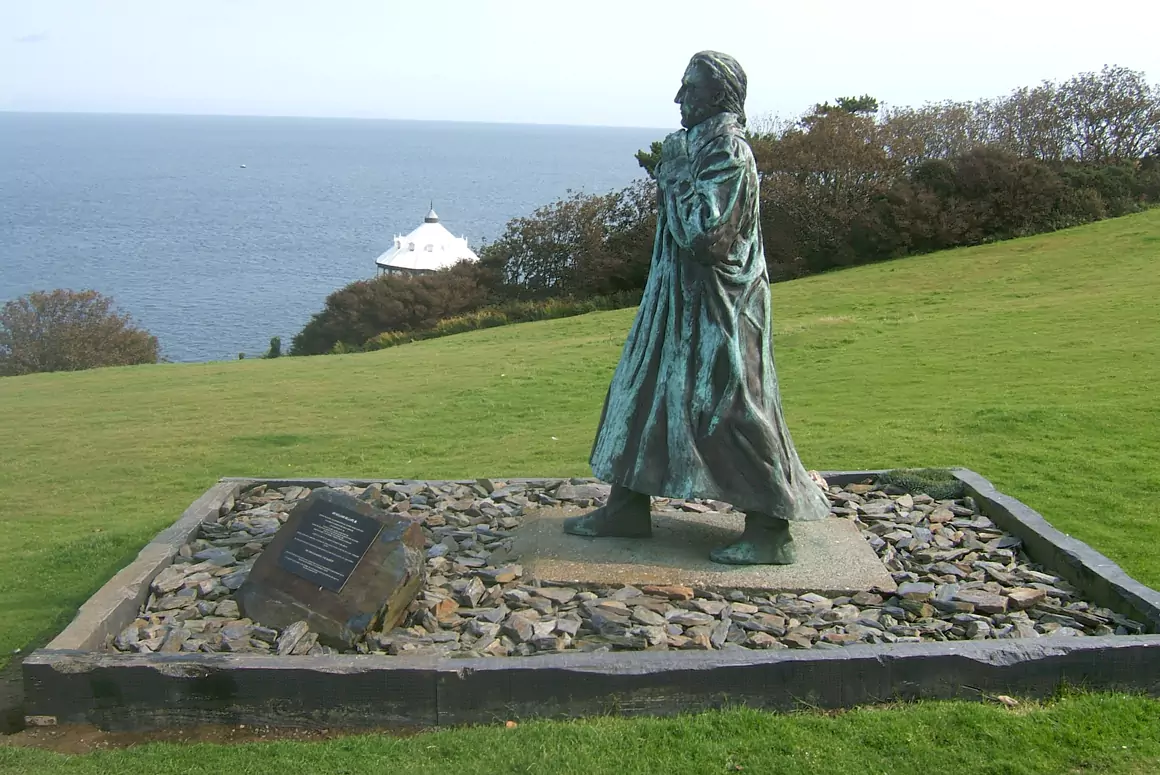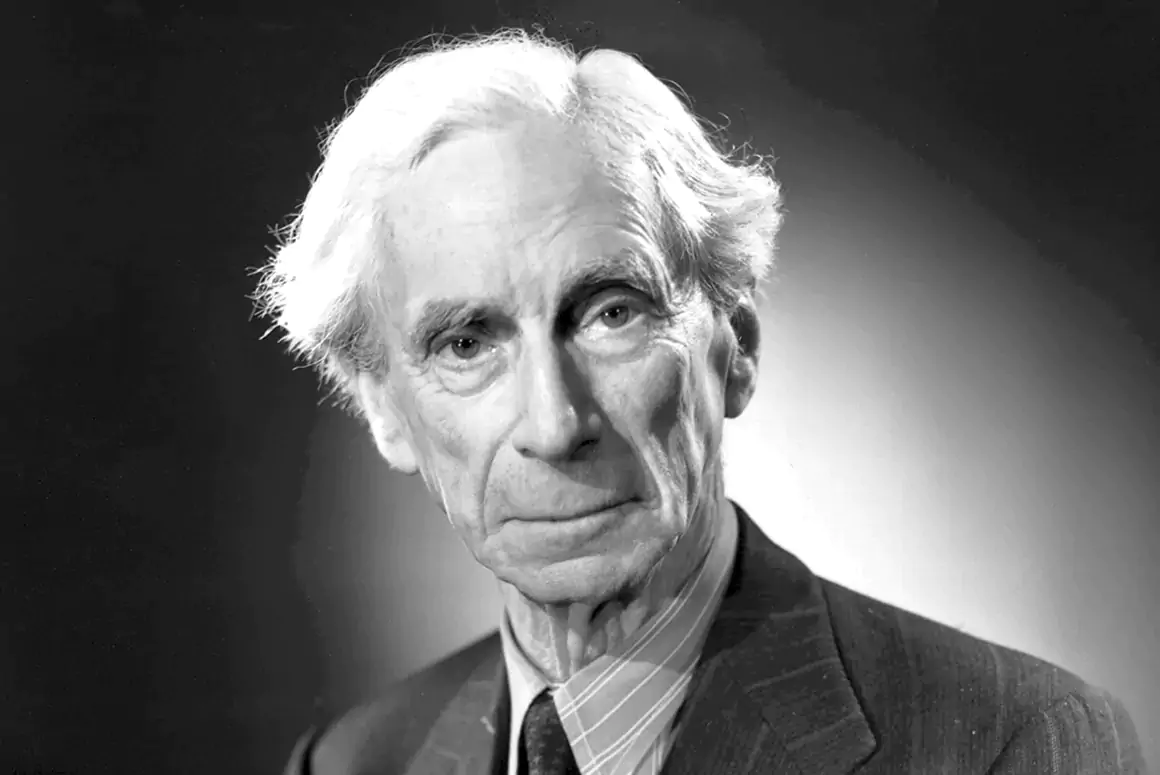Karen Foy climbs high above the town of Llandudno in search of a property with an intriguing history.
Researching the history of a property can be a fascinating task. Over the years the building structure can change considerably as alterations are made; its purpose and uses may alter from decade to decade and often, a long list of owners can give the property a rich and colourful past. This was definitely the case with one particular property which holds an enviable position on top of the Great Orme in Llandudno.
Travelling Back in Time
In 1827, nestled on top of this rocky outcrop overlooking Llandudno Bay stood the Telegraph Inn. Before the invention of the electric telegraph, messages – in the form of signals – were sent over long distances by various methods including flares, signal fires and semaphore. The area between Liverpool and Holyhead was busy with passenger and cargo ships, so an Act of Parliament was passed to establish a quick and efficient way of conveying communications between ship owners and merchants regarding the monitoring and arrival of vessels either along the coast of North Wales or at the Port of Liverpool.
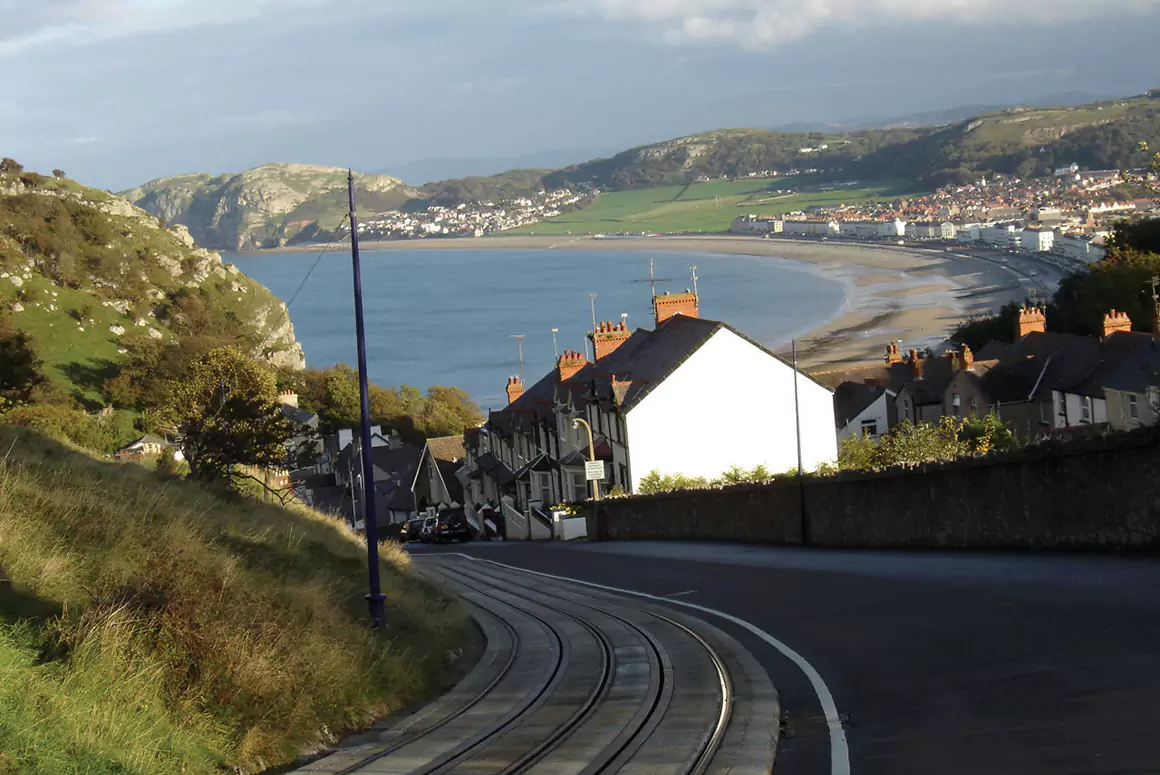
Initially, flags had been used to convey the messages, but now it was agreed that signal stations would be built from Holyhead to Liverpool, complete with signalling equipment and basic accommodation for those manning each Telegraph Station. Each transmission was based on a code known as ‘Watson’s Liverpool Telegraphic List of Ships’ Names’ produced by Barnard Watson. A ship would transmit its number by means of signal flags. Any messages would then be relayed to Liverpool where the owners, or their agents, could arrange a berth for their vessels and storage facilities for their goods. The Great Orme’s Head Telegraph Station was built in 1841with twin signalling towers, but by the 1850s, the Semaphore system was replaced with new technology – the electric telegraph – the equipment re-housed from the original station into the Great Orme Lighthouse.
Changing Times
In the early 1900’s Griffith B. Morgan – catering manager of the Great Northern Railway and owner of the Clarence Hotel in Llandudno – bought the Telegraph Inn for £1,500.
The decision to improve the facilities and turn the Inn into a hotel required financial backing for a new complex which would include an 18 hole golf course on the 175 acres of adjoining land. Sadly the project did not reach fruition and the venture went bankrupt. The hotel was eventually completed to a lesser standard than originally envisaged, along with the golf course, aided by the support of a local club.
The windswept location of the Great Orme often meant that playing on the golf course was challenging to say the least. By 1939, play was abandoned for good and the land reverted back to sheep farming. The hotel – now renamed ‘The Summit Hotel’ – was requisitioned during the Second World War and resumed its old trade as a signalling post to become the RAF Great Orme Radar Station. The end of the war signified a new era for the Summit Hotel. The property passed through various hands until it was bought and later restored by champion middleweight boxer Randolph Turpin.
A Sporting Summit
Born to parents Lionel Fitzherbert Turpin – originally from British Guiana – and Beatrice Whitehouse, Randolph Adolphus Turpin entered the world on the 7th June 1928 in Leamington Spa. As the youngest of five children in a family of boxers, he left school and joined the Royal Navy as a cook.
He also embarked on a successful amateur boxing career, earning the nickname ‘The Leamington Licker’ by beating opponents twice his size. He turned professional in 1946 and became a figure to be reckoned with as he boxed his way across the length and breadth of Britain.
A notable date in his career came on the 10th July 1951, when the World Middleweight Champion – Sugar Ray Robinson – came to Earls Court in London to risk his title against Turpin. Turpin wowed the crowds when he went on to win the world title by beating Robinson in the 15th round.
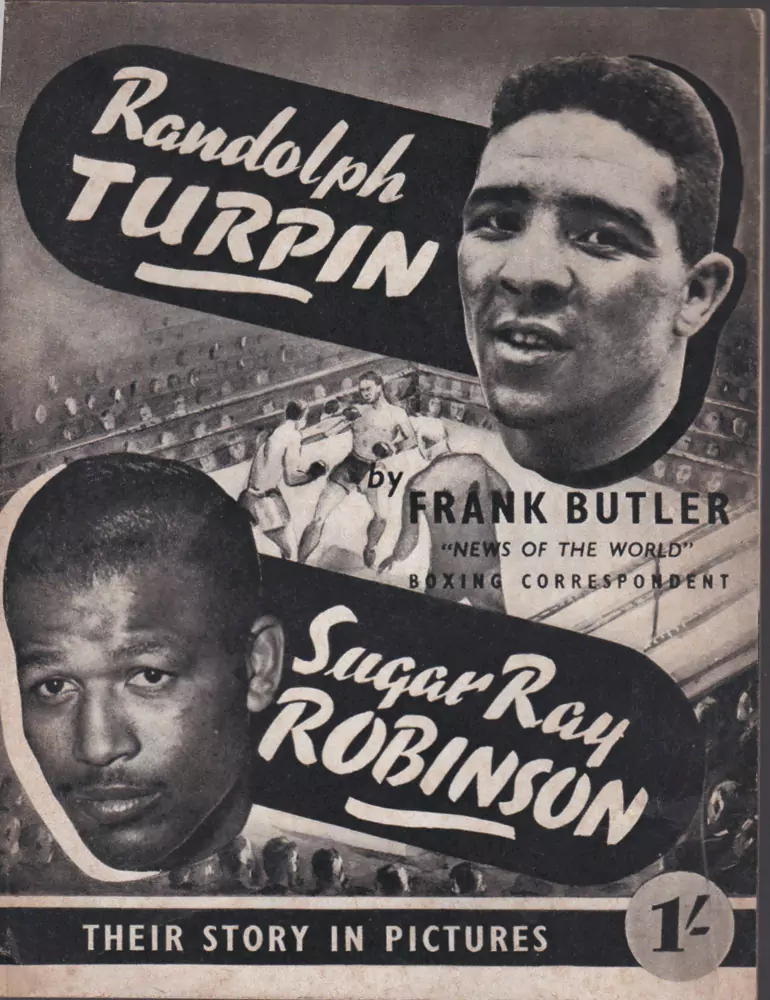
His new celebrity status made him famous worldwide and especially in Wales when he agreed to train for a rematch at Gwrych Castle in Abergele, North Wales. But sadly, in less than three months Robinson had regained his title from Turpin in the 10th round of the fight at the Polo Grounds in New York. Sixty one thousand tickets were sold for the bout and although Turpin lost, he was paid around £70,000.
Despite later winning the Lonsdale Belt after triumphing as the National Light Heavyweight Champion for the third time, Turpin’s loss of status signalled the beginning of troubled times for the heroic boxer. It was in 1952, that Turpin had fallen in love with the fabulous setting of the Summit Hotel. After investing his money he became joint owner and had high hopes of turning the business into a flourishing success to provide a stable living when he retired from the ring. His involvement drew many visitors and he even held sparing matches in the grounds, but tax debts, unwise investments and hangers on who claimed to be his friends, all took a share of his money. After earning over £300,000 in the ring he was forced to declare himself bankrupt.
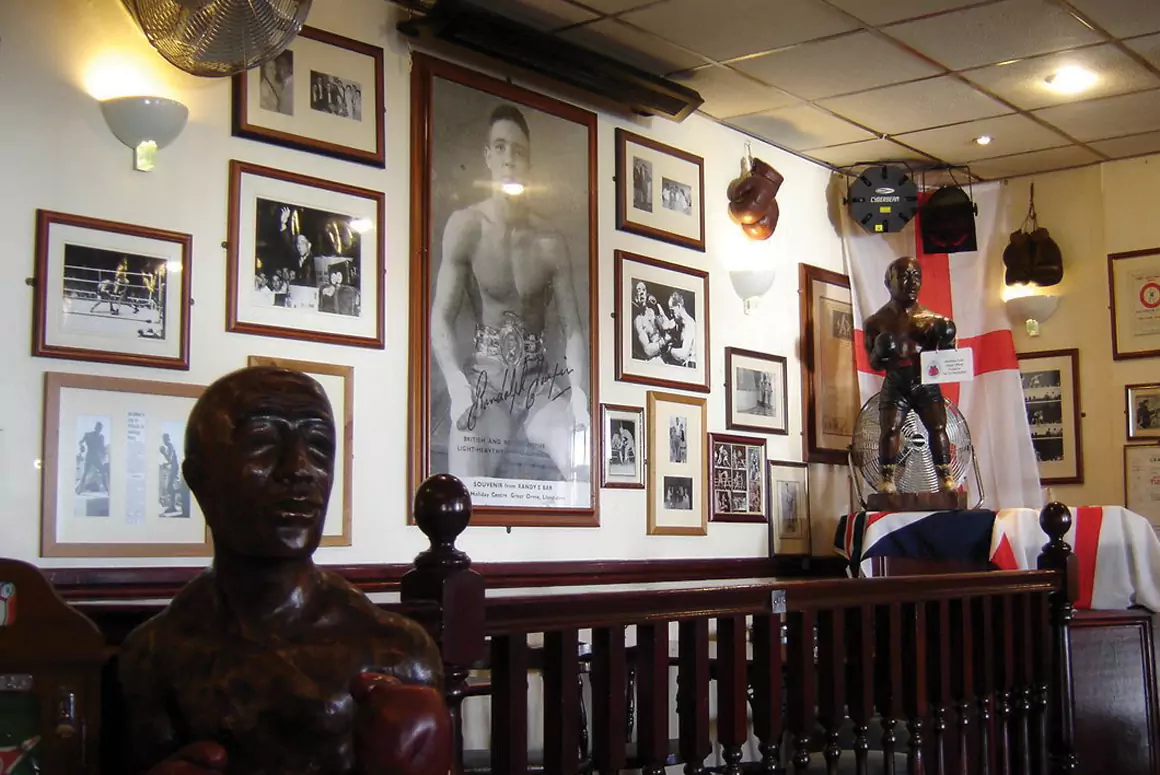
Despite trying his hand at other ventures, Turpin’s life gradually spiralled out of control. The Press publicised his growing health problems, fall from glory, and constant demands from the Inland Revenue, all of which are believed to have contributed to him taking his own life in his Leamington flat on the 17th May 1966. Randolph Turpin – loving husband, father and boxing icon was only thirty seven years old.
Holiday Hotspot
For a location that has seen so many changes, today, the area survives as The Summit Complex. Inside is a cafe/restaurant, a Visitor’s Centre outlining the many features of historical importance on the Great Orme; gift shops where you can buy local souvenirs, and a boxing themed bar dedicated to Randolph Turpin and packed with memorabilia commemorating his career.
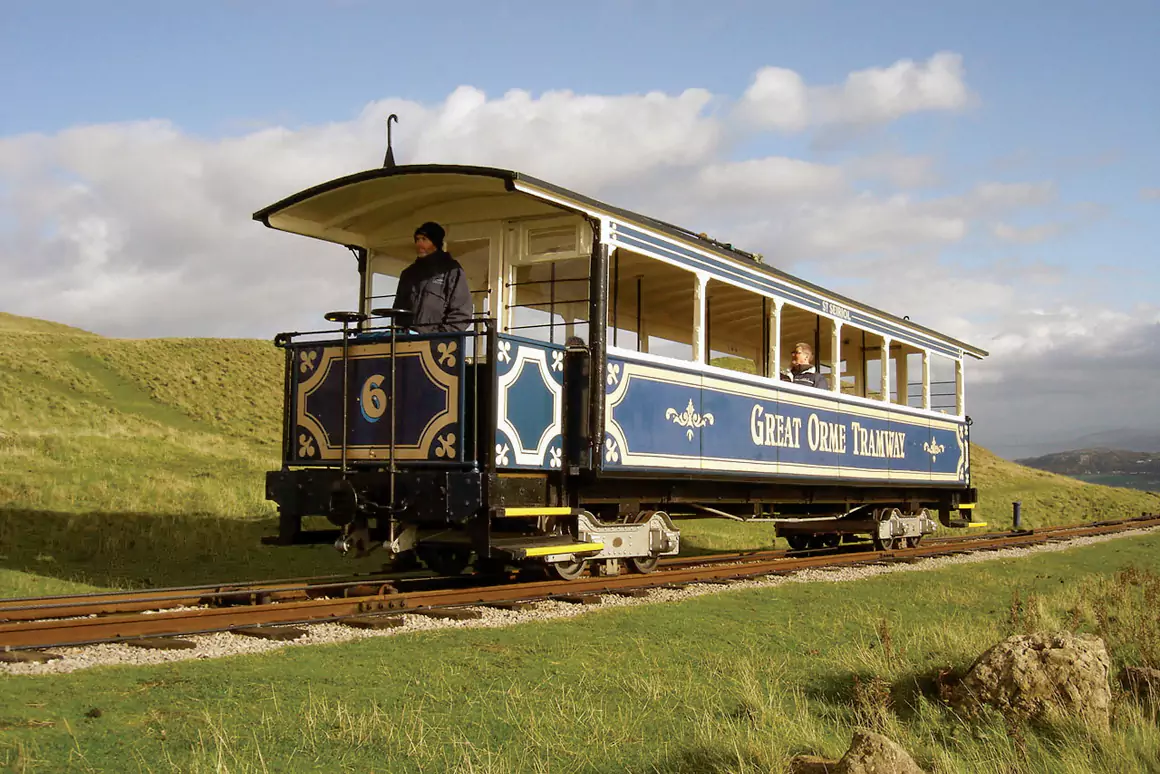
Situated on the Complex is the Great Orme Cable Car – the longest aerial cabin line in the British Isles at more than a mile from its Happy Valley base station, but if you prefer to keep your feet nearer to the ground, you will also find the Upper Terminus of the Great Orme Tramway. This amazing piece of engineering allows you to travel to and from the town to the Summit in true Victorian style. The beautifully renovated tramcars on this street funicular enable its passengers to enjoy the views encompassing Llandudno Bay, the Snowdonia National Park, across to the Isle of Anglesey and the Irish Sea.

Randolph Turpin – Fascinating Facts
♦ Randolph Turpin was deaf from a damaged eardrum when he almost drowned in a local river at the age of twelve.
♦ In November 2000, Turpin’s hallmarked nine carat gold Lonsdale Belt was sold at auction for £23,000.
♦ In 2001, a plaque commemorating Turpin’s life went on show in Canastota, New York. Recognising his contribution to boxing, he was posthumously inducted into the American International Hall of Fame.
♦ Fifty years after Turpin’s bout with Sugar Ray Robinson, the town of Warwick erected a seven foot statue in his honour. Cast at a foundry in Oswestry and sculpted by Stoke on Trent artist Carl Paine, the monument was unveiled by Sir Henry Cooper in July 2001.
Words & Pictures: Karen Foy
Feature image: 1930s postcard ‘Summit of Great Orme and hotel, Llandudno’
First published in Welsh Country Magazine May-Jun 2016




